A third of retailers don’t use forecasting technology to support their supply chains, according to a survey of senior managers.
Retailers’ supply chain forecasting technology is woefully lacking, research published this week has suggested.
A third of retailers say they use no systems to support their forecasting, according to a survey of senior supply chain managers by research firm Martec.
Spreadsheets instead of any robust IT system are used by 28% of retailers.
“Finger in the air”
One head of strategic availability at a food and drug retailer, who took part in the research, said: “We definitely could do better at this. We haven’t got a promotions planning tool. It’s just experience or finger in the air.”
In addition, 28% of retailers say they rely on spreadsheets for their forecasting.
In addition, the average age of all forecasting and replenishment systems for those who do have them is 10.5 years.
When asked about the specific challenges related to forecasting, 72% said that forecasting for new products is the most difficult, followed by coping with changes in the rate of sale, then forecasting effectively for promotions.
Several retailers said they did not use a specific promotional planning and execution tool, so frequently ran out of stock for promotions.
And yet accurate forecasting is becoming increasingly critical to the customer experience as customer demands and expectations continue to rise.
Marks & Spencer, for instance, rolled out its general merchandise allocation system towards the end of 2013, which it hopes will improve stock availability by 9% by 2015/2016.
A similar demand forecasting used at the retailer’s food division had been credited with helping to achieve the category’s strong performance.
The report – The State of the Retail Supply Chain 2015, commissioned by Relex Solutions – highlights the key priorities for supply chain managers.
It interviewed UK retailers with sales exceeding £100 million, whose combined sales account for 23% of the UK retail market.






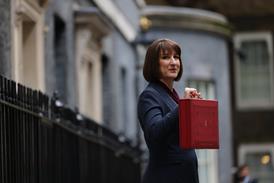




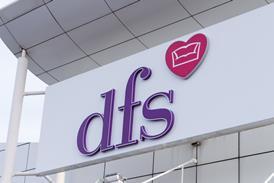


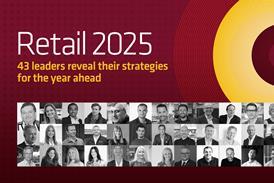



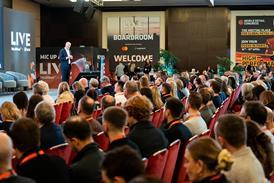




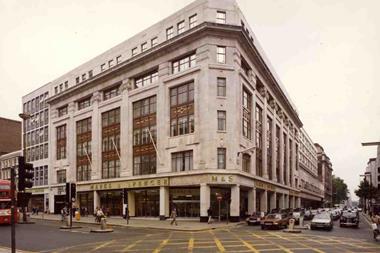
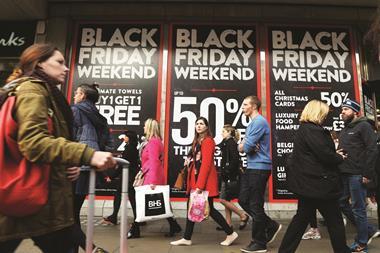
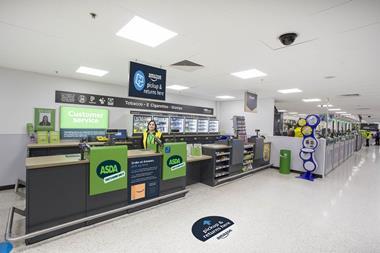
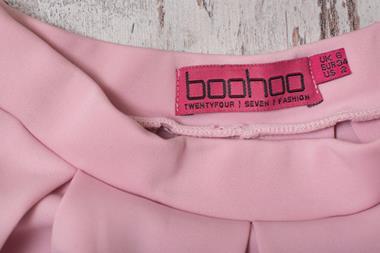

No comments yet